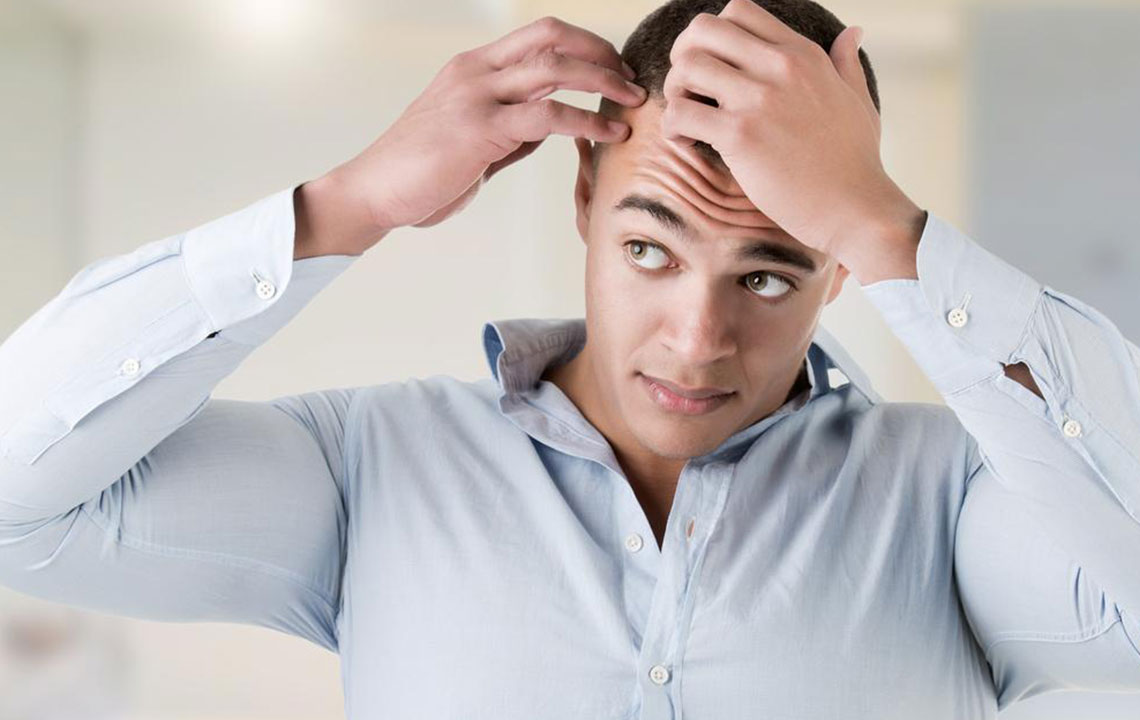Important Things to Know about Thinning Hair Problem

All of us love our hair. No one has ever wanted to go bald out of choice. However, some do like it bald even though that is something they didn’t want in the first place. We get used to what we are given and try to find happiness in that. Though men can make do with being bald after an age, for women, it is their worst nightmare. Losing and thinning of hair is a bad thing in itself for women.
Knowing what is normal and what isn’t is just as important as finding out effective hair thinning solutions. Here are some facts we want you to know before we move to finding thinning hair solutions.
- There is nothing wrong with losing some hair every day. It is very natural.
- On an average, a person loses 100 strands of hair each day while bathing, brushing and some of it just drifts away during the course of a day
- Losing 100 strands of hair every day will not decrease your hair’s volume
Knowing when to pay attention:
- When you see or notice that you are losing more than just 100 strands every day and each time you comb, there is a lot of hair fall.
- You find your hair losing its volume
- When you find your body losing hair from other parts of your body without any other health related problems
Habits to avoid to prevent hair thinning:
- Don’t use hair products that are too harsh for your hair
- Avoid towel drying your hair. Use a cotton t-shirt instead
- Don’t use hair dryer as that causes dryness and weak scalp
- Don’t comb fast. Be gentle while combing or brushing your hair as it may cause damage to your hair quality
- Don’t tie your too tight as that will cause them to break
- Avoid using styling products, especially when they stay on your hair for longer period
- There could be some medication you are taking that could cause your hair to fall and thin eventually
Inevitable causes of hair thinning are as follows:
- Childbirth
- Fever
- Aging
- Surgery
- Illness, prolonged illness
Here are some thinning hair solutions you should know about.
- Hair massage – Massage your hair when you are taking a shower and shampooing your hair. This helps with blood circulation and cleans the scalp properly
- Minoxidil – There are hair regrowth treatments as part of thinning hair solutions that can work for your hair growth. One such thinning hair solution includes Minoxidil, which increases the size of the hair follicle
- Yoga – Yoga is an effective thinning hair solution as it helps you relieve stress. Stress is one of the main causes of hair loss that eventually leads to hair thinning
- Rogaine – This is known for being one of the most effective thinning hair solutions that can be used by men and women
- Medication – Prescription medications help you regain your lost hair and quantity. FDA approved medications should be preferred
- Hair transplants – When other treatments don’t work, a hair transplant can help regain the lost hair. It is also the best option when there are tiny bald patches as hair transplant can be done on those patches
- Herbal treatments – Herbal treatments come with limited to no side effects. Some of the herbs that you can use are Centella Asiatica and horsetail.
- Diet – A healthy balanced diet helps regain overall health including the protein that your body needs. Make some changes in your meals. Hair is made of protein, and the lack of protein causes hair to fall and thin. Eating protein-rich food will help your hair regain their strength and thickness
Shampoos that prove to be thinning hair solutions:
- Shapiro MD
- Kreanique
- Procerin Shampoo
- Lipogaine Big 3
- Pura D’or Shampoo
- Argan Oil Shampoo
- PhytoWorx Organic Hair Loss Shampoo
- Nexxus VitaTress Biotin Shampoo
- Ultrax Labs Hair Surge
- Regenepure dr
- Bosley Hair Growth
- Biotin Hair Loss Shampoo
Home remedies you can try and prove as thinning hair solutions:
- Aloe vera gel – Take aloe vera gel from the plant and blend it well. After that, apply it to your scalp and massage well. Continue massaging for the next five minutes then leave it for 25 minutes. Rinse it well with warm water. Do this twice a week.
- Avocado and banana paste – Mash avocado and banana in a bowl and make a paste. Apply the paste from your scalp till the tips of your hair. Cover your hair with a shower cap and leave it on for 30 minutes. Wash with shampoo and skip conditioner as this paste works as a natural conditioner. Do this once a week.
- Coconut oil – This is another effective thinning hair solution that can rejuvenate your hair. If the coconut oil is organic, it will show better results. Apply coconut oil from your scalp to your tips. Leave it overnight and shampoo your hair the next day. You can do this many times a week as per your convenience.


